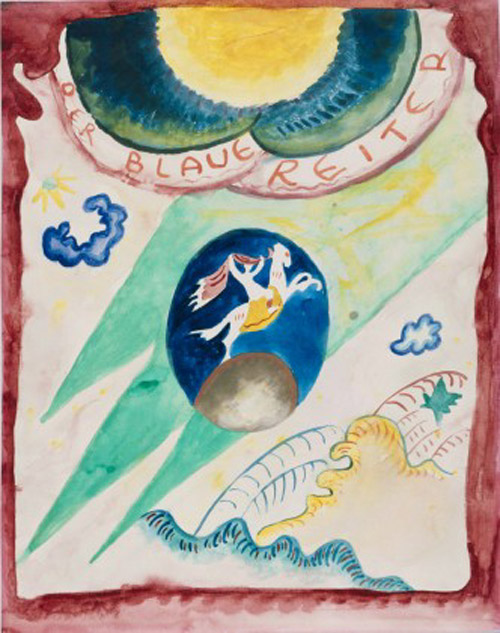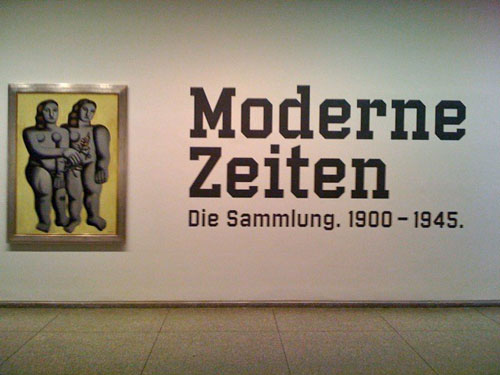The painter Paul Klee (1879-1940) is one of those figures that´s used to put emphatically into question -according to a cliché deeply rooted into popular imagination and repeatedly illustrated on contemporary culture through, for example, the deep and memorable speech by Orson Welles in the film The Third Man (1949)- the alleged anti-artistic mind of the Swiss. However, we suspect that someone, maybe Welles himself interpreting or not one of his admirable and judgmental characters, could argue that the majority of Swiss artists, like Klee himself, have to usually leave their country to be able to flourish as creators.

However way it is, during most of the 20th century, Klee was revered constantly as one of the great artists by different generations that have had his extremely free and original work as a constant source of inspiration and admiration.
Contact in the first decade of the 20th century with German expressionists and the Blaue Reiter movement artists (Kandinsky, Marc, Macke…) and in the second decade with the colourful Orphism of the Delaunays and the Tunisian landscapes, made him completely abandon the monochromatic and disciplined precision of his early works in black and white to embrace colour with moving imagination and enthusiasm that credited him the honour of being included by the Nazis in the infamous list and exhibition of degenerate artists organized in Munich in 1937.
The basic principles both of his pictorial production and his vastly influent theoretical and teaching activity (he was a professor at the Bauhaus from 1920 to 1931) are well expressed in his metaphor of the tree, whose trunk is the artist. The roots grow according to the model of nature (source of shapes and ideas to the artist), which is reflected at the same time in the growth of the branches and the flowers, only that in this final flourishing that constitutes the work of art, the wealth of the imaginative instinct of the artist has transformed into nature itself. Improvisation itself plays a considerable role in all of this process, since it unfolds moved by the force of the artist´s subconscious instead of being consciously built.
The interesting exhibition titled ´Klee and CoBrA: A Child´s Play´, that can bee seen at the CoBrA Museum in Amsterdam from the 28th of January until the 22nd of April cobra amsterdam” href=”http://www.cobra-museum.nl/en/home.html” target=”_blank”>http://www.cobra-museum.nl/en/home.html, explores the noticeable influence that the Swiss artist had on the international group CoBrA (name made up with the initials of Copenhagen, Brussels and Amsterdam, a group founded in 1948 with the aim of giving new life to expressionism) through an outlook that offers the deep fascination that both of them had in the wonderful world of child imagination, a starting point to establish, through 120 works by Klee and about 100 by CoBrA, the differences and similitudes between both of them.
If you too are attracted by daunting child´s imagination, don´t miss this exhibition when you rent apartments in Amsterdam You´ll hardly find any exhibitions that are so seductively stimulant.

 English
English Translated by: aleixgwilliam
Translated by: aleixgwilliam
